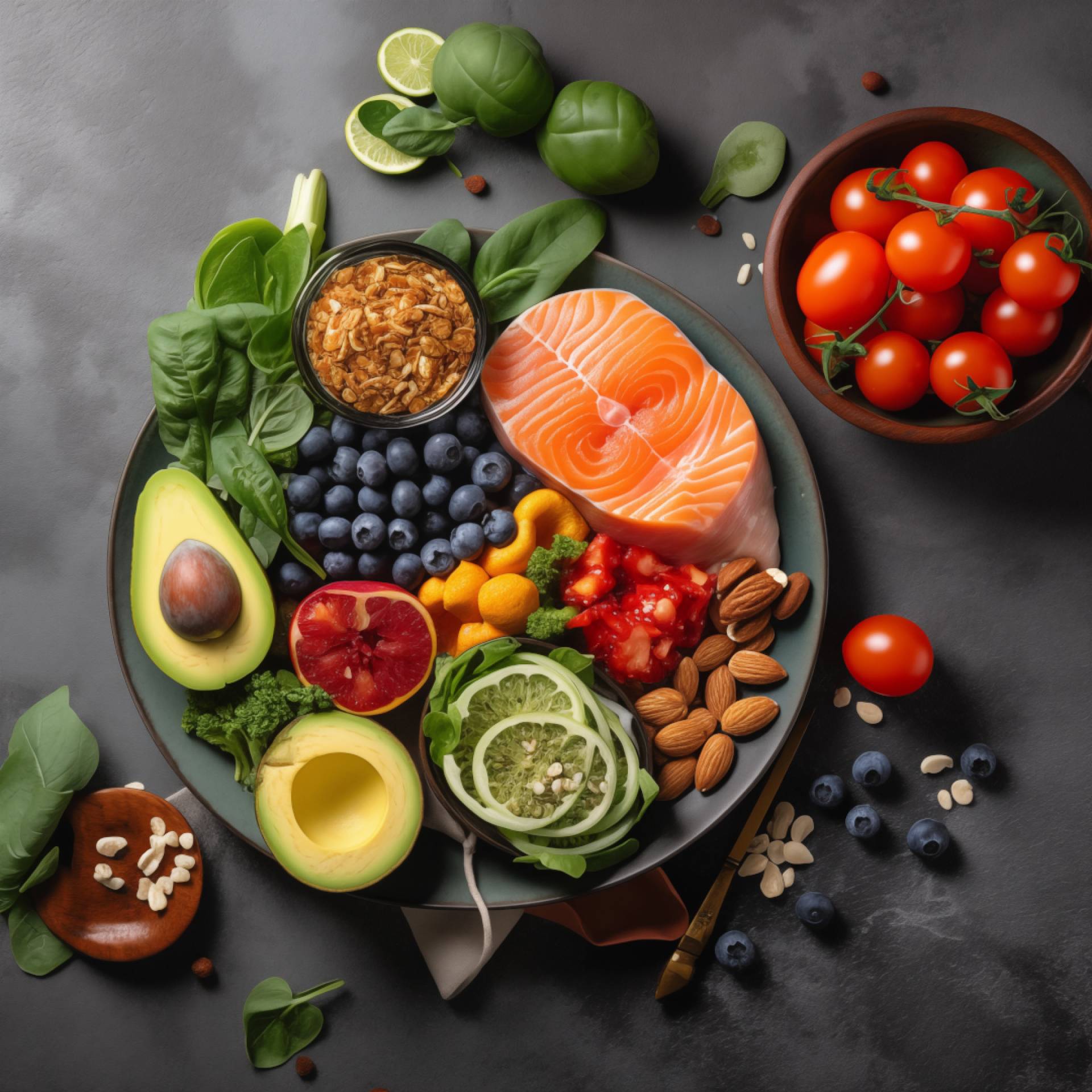Understanding
the Discrepancy Between Macronutrient Totals and Caloric Sum
In a Nutshell
There isn’t a straightforward match between macronutrients and total
calories.
The Root of the Discrepancy
| Protein |
4 |
Using this value to calculate daily calories can lead to
discrepancies when compared to food labels. |
| Carbohydrate |
4 |
Similar calculations may not match nutritional databases. |
| Fat |
9 |
Expectations based on this value can differ from labeled calorie
counts. |
This table summarises the rule of thumb for converting macros to
calories. But when this table is used the calories often mismatch with
actual intake.
This Discrepancy is not a miscalculation or mistake. It is an
intentional. Here is the more accurate representation of this table.
The actual energy derived from macronutrients can vary significantly
depending on the food source. This is where Atwater Specific
Factors come into play, offering more precise values:
| Protein |
1.82 - 4.36 |
Varies by protein source |
| Carbohydrate |
1.33 - 4.16 |
Varies by carbohydrate source |
| Fat |
8.37 - 9.02 |
Varies by fat source |
Summary
While the general caloric values (Atwater General Factors) offer a
close approximation, the specific factors are inherently more accurate
for certain food sources. The general values are meant to be a practical
estimate rather than precise measurements. For in-depth research, you
can refer to the detailed tables and figures in this doc: - Energy
value of foods (circa. 1973) Look for table 13 on page
25.
The Atwater Specific Factors are more accurate for specific
foods than the Atwater General Factors, which are just
approximate estimates.
So What Does It All Mean?
Cal: A measure of energy is different for each type of
macronutrient. But also different for every source of macronutrient.
Further, some sources are easier to estimate than others. The 4-4-9 is
an inaccurate but useful rule of thumb.
As for what is the authority in determining the calories, it is: 1.
digestibility 2. Biochemical composition of nutrient
Here is an example:
| Protein |
Chicken Breast |
4.36 |
High digestibility and protein quality |
| Protein |
Lentils |
3.79 |
Lower digestibility than animal protein |
| Carbohydrate |
Table Sugar |
4.00 |
Simple carbohydrate, easily digestible |
| Carbohydrate |
Broccoli |
1.33 |
High fiber content, lower digestibility |
| Fat |
Olive Oil |
9.02 |
High energy density, easily absorbed |
| Fat |
Coconut Oil |
8.84 |
Contains medium-chain fatty acids |
Summary
As shown in the table, the energy derived from each macronutrient can
vary greatly depending on the food source. These differences are due to
factors such as how well the food is digested and the specific
attributes of the nutrients it contains.
What do Atwater
General Factors Not Account For?
The Atwater General Factors don’t account for the energy in fiber,
sugar alcohols, and ethanol. Here’s a breakdown:
| Insoluble Fiber |
Carbohydrate |
0 |
Essentially indigestible, yields no energy |
| Soluble Fiber |
Carbohydrate |
0.5 - 3 |
Fermented by gut bacteria, yields short-chain fatty acids |
| Erythritol |
Sugar Alcohol |
0 |
Not metabolized for energy |
| Other Sugar Alcohols |
Sugar Alcohol |
0.2 - 3 |
Varies; hydrogenated starch hydrolysates yield up to 3kcal/g |
| Ethanol |
Alcohol |
7 |
Provides significant energy, not classified as a macronutrient |
Summary
- Insoluble Fiber: Technically a carbohydrate but
yields 0 kcal/g due to its indigestibility.
- Soluble Fiber: Fermented by gut bacteria; provides
0.5-3 kcal/g.
- Sugar Alcohols: Range from 0 kcal/g (erythritol) to
3 kcal/g (hydrogenated starch hydrolysates).
- Ethanol: Yields about 7 kcal/g and provides energy
not accounted for by macronutrient-focused calculations.
These substances contribute to your overall energy intake, but they
are not considered in the standard Atwater General Factors.
What About The Nutrition
Label?
Food labels show calorie counts based on the reported energy content
of the foods and beverages you consume, rather than just the
macronutrient composition. This approach results in more accurate
calorie counts. Here’s why:
| Food Manufacturer Methods |
Several methods for calculating energy content are available to food
manufacturers. |
More accurate than 4-4-9 method |
| 4-4-9 Method |
Uses Atwater General Factors (4 kcal/g protein, 4 kcal/g carbs, 9
kcal/g fat). |
Less accurate, general estimate |
| Other Methods |
Account for Atwater Specific Factors, differing caloric contents of
fibers, sugar alcohols, etc. |
More accurate |
Summary
- Reported Energy Content: Reflects a more accurate
calorie count by considering various factors.
- 4-4-9 Method: A generalized approach that might not
capture all variables affecting calorie content.
- Other Calculations: Consider specific factors and
variations in fibers and sugar alcohols, yielding more precise
results.
So, while your calorie intake and macronutrient intake might not
always “add up” neatly, this typically indicates a more accurate
reflection of the actual energy content of the foods you consume, not a
miscalculation.
Note
Calorie labels often round numbers for simplicity. For example, a
product may list 150 calories instead of 148.5 or 152.7. Some people
believe you should calculate calorie intake based on macronutrients to
get a more precise number. However, this logic is flawed because
macronutrient values are also rounded.
Key Points:
- Calorie Labels: Often rounded for simplicity (e.g.,
listed as 150 instead of 148.5 or 152.7).
- Macronutrient Labels: Also subject to rounding
errors.
- Conclusion: Calculating calories from
macronutrients just replaces one rounding error (calorie count) with
another (macronutrient count). This doesn’t result in more precise
calorie counts.
Conclusion: Why bother?
Setting Macro
Guidelines and Calorie Expectations
Establishing general macronutrient guidelines based on your overall
calorie limit is a sensible approach. Nutrition apps and coaches favor
using macro targets because they offer an easy and clear method to
communicate dietary goals. As long as you approximate your macro
targets and maintain consistent intake of substances like ethanol, sugar
alcohols, and fiber, your total daily intake of metabolizable energy
should remain relatively stable. However, don’t expect your
macronutrient intake and calorie intake to align perfectly.
Key Points:
- Macro Guidelines: Setting them based on total
calorie limits is practical.
- Simplicity: Apps and coaches use macro targets for
clear, concise communication.
- Consistency: Maintain steady intake of ethanol,
sugar alcohols, and fiber for stable energy intake.
- Expectation: Calorie intake and macronutrient
intake won’t always match perfectly.




